I want to tell you about how amazing it was to be a pie judge at the Iowa state fair. I want to tell you about the dozens and dozens of pies that passed before my eyes (and my fork): the impressive and the terrible, the artful and the elementary, the impossibly delicious and the, um, not so delicious. But to really understand what it was like to be a pie judge, you have to first understand what it was like to walk through the most amazing, most iconic state fair in the country.
It’s walking through a dizzying onslaught of stands hawking deep-fried Twinkies, bacon-wrapped corn dogs, pork chops-on-a-stick, 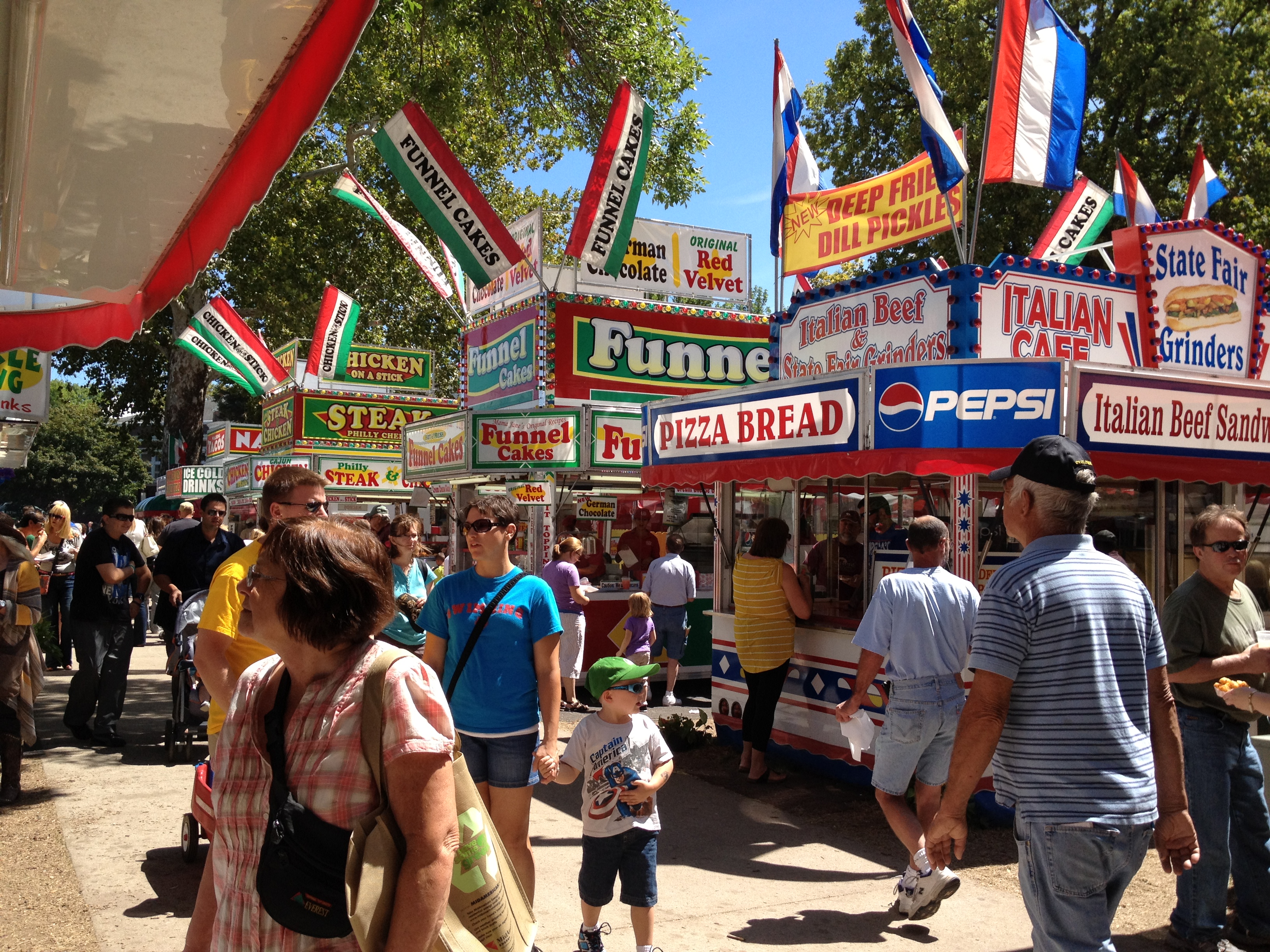
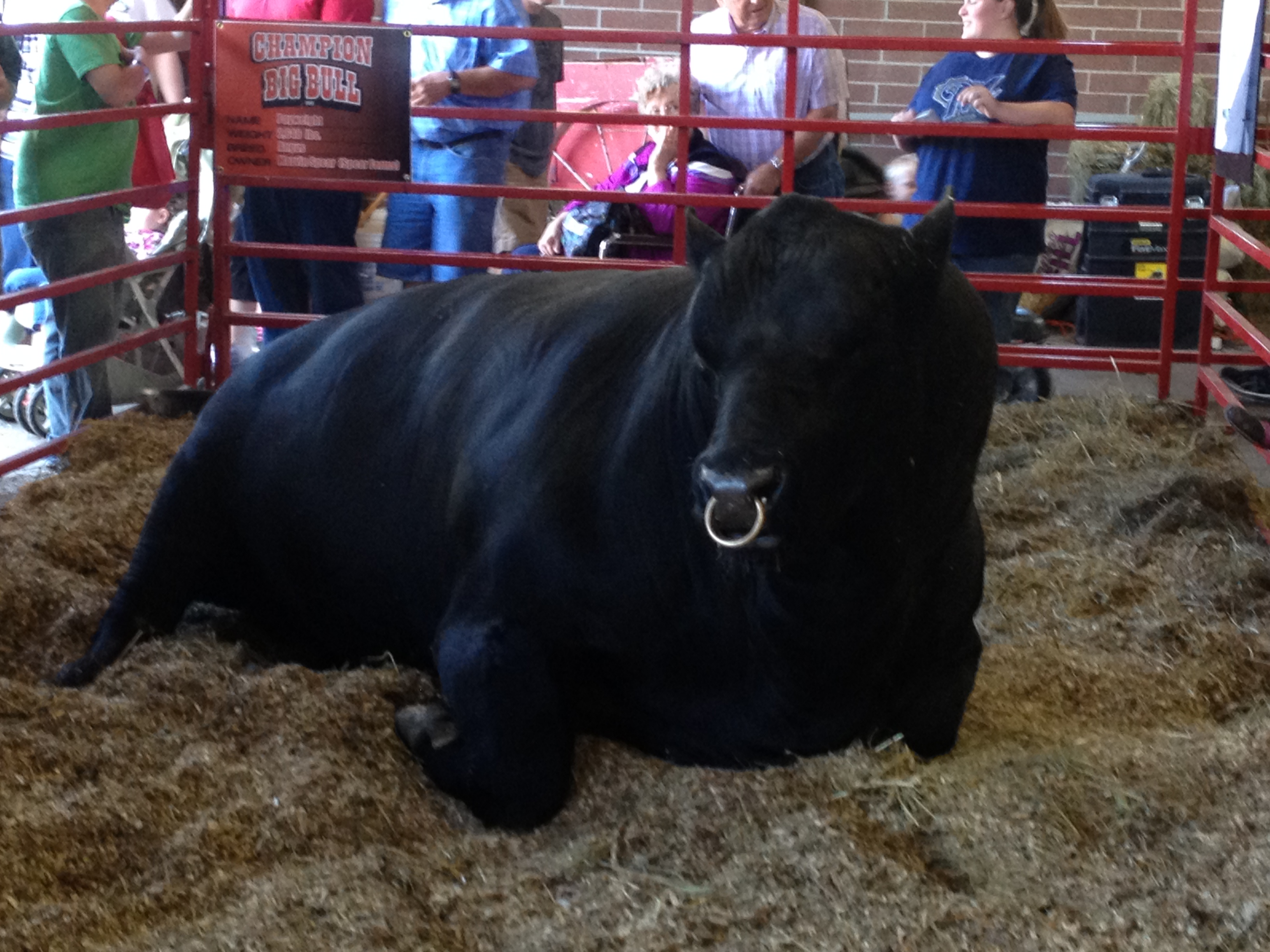 deep fried turkey legs, pulled taffy, deep-fried butter, lemonade, and walking tacos (bags of Fritos sliced open sideways and filled with meat, cheese and taco sauce).
deep fried turkey legs, pulled taffy, deep-fried butter, lemonade, and walking tacos (bags of Fritos sliced open sideways and filled with meat, cheese and taco sauce).
It’s meandering past 2,600-pound bulls (like the one 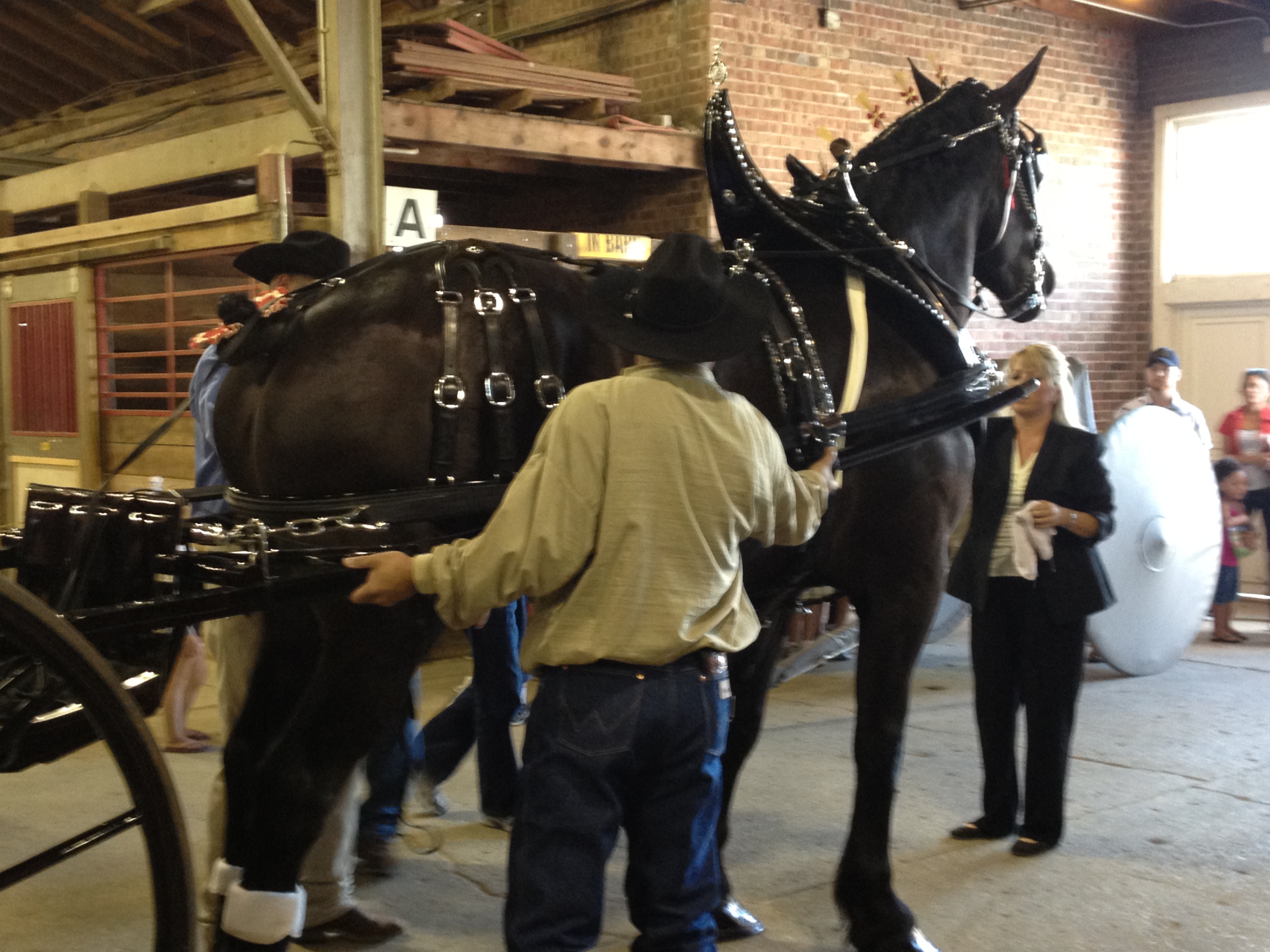 here on the left), getting the edge of your shirt nibbled by a goat, and then steering clear of the biggest horse I’ve ever seen (here on the right). It’s combining the taste of my corn dog with the faintest whiff of animal poop when the breeze blew just right. It’s that feeling of
here on the left), getting the edge of your shirt nibbled by a goat, and then steering clear of the biggest horse I’ve ever seen (here on the right). It’s combining the taste of my corn dog with the faintest whiff of animal poop when the breeze blew just right. It’s that feeling of 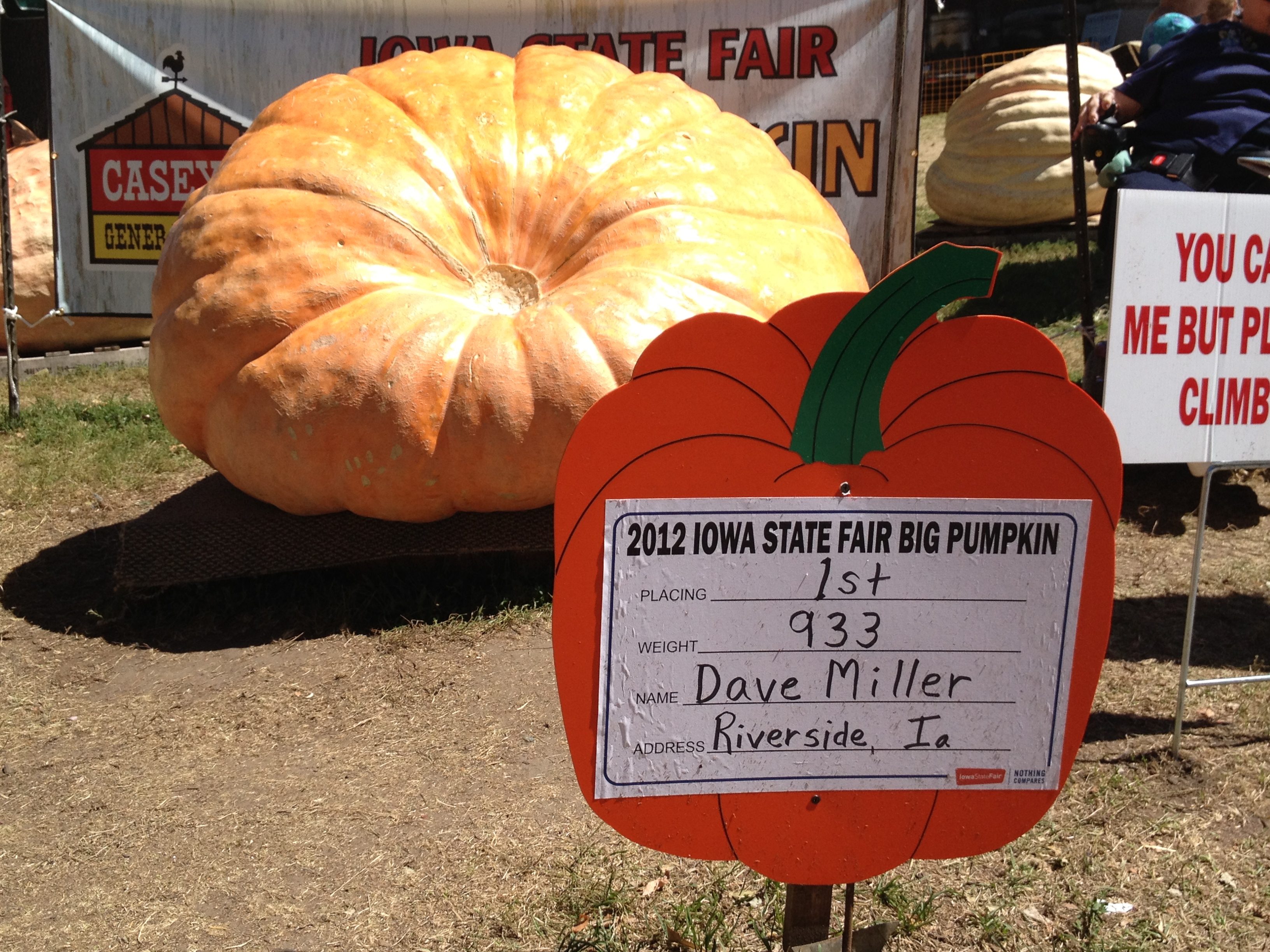 being speechless when you see a 933-pound pumpkin.
being speechless when you see a 933-pound pumpkin.
I saw table after table of plums, tomatoes, kohlrabi, leeks, carrots, onions peppers, corn, 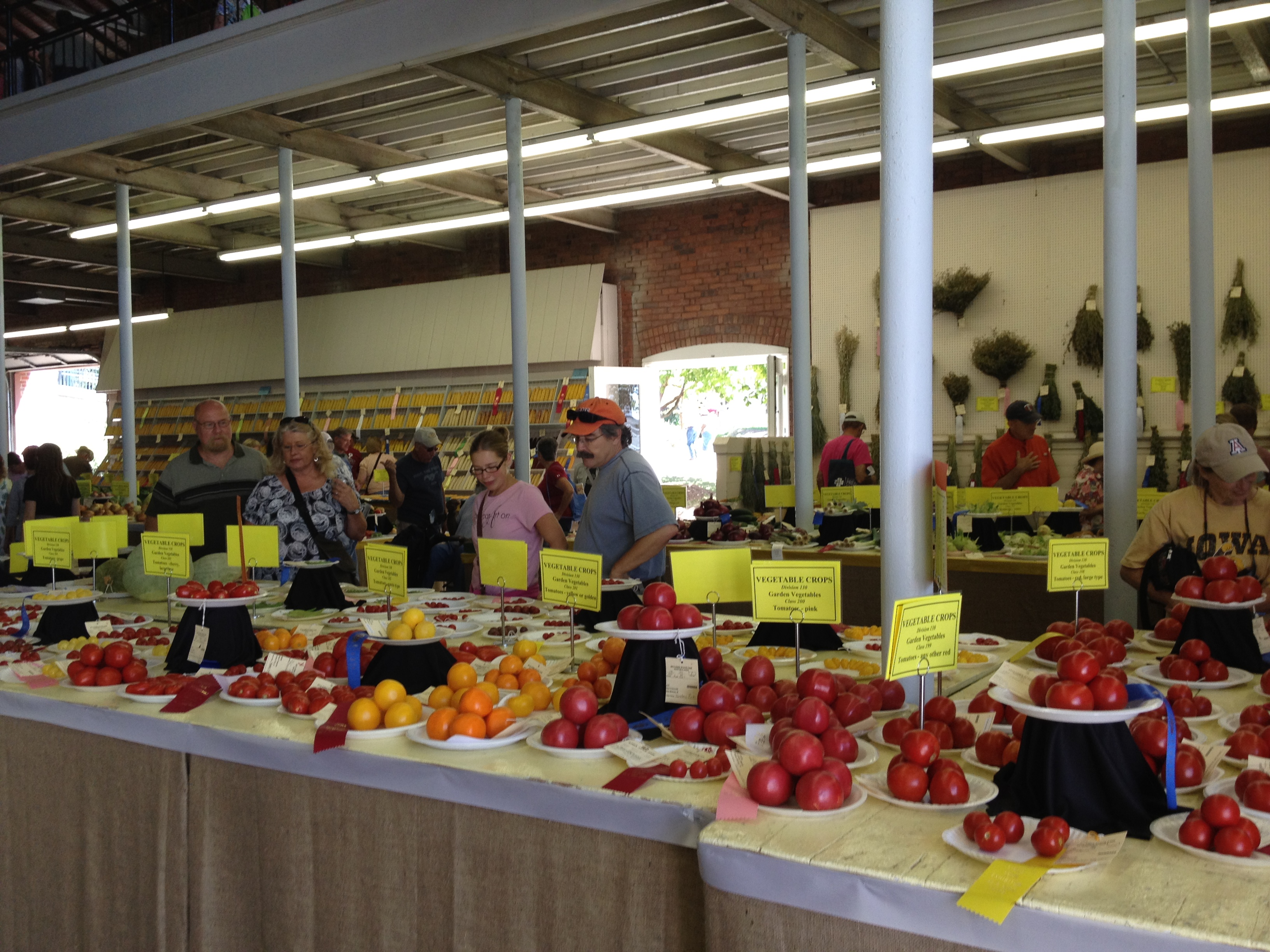
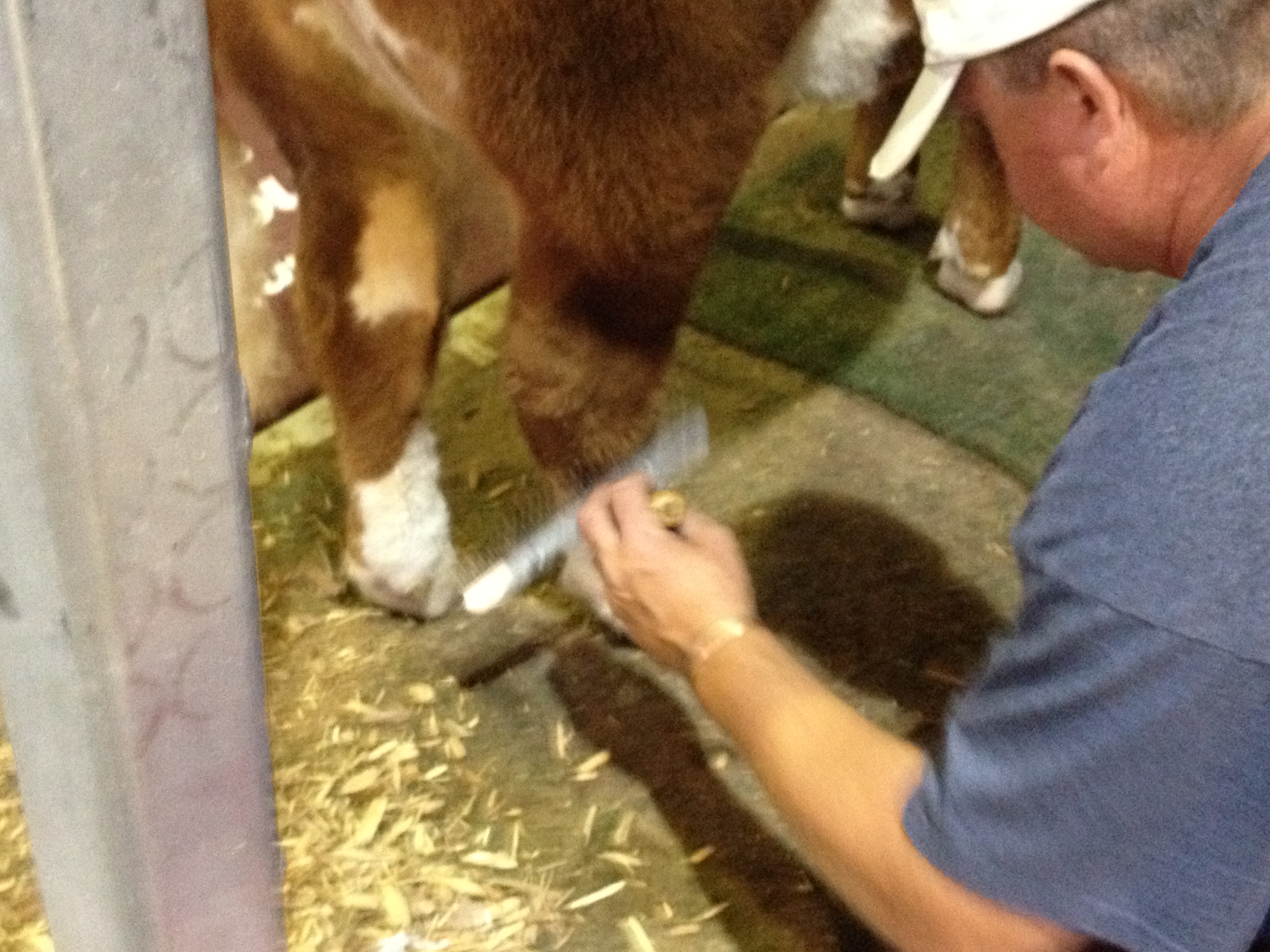 roses,herbs, orchids, and countless other products of the earth, each one with growers hoping for a blue ribbon. I watched a farm hand carefully groom the fur just above the hooves of his cow to make sure she looks her best in competition. I strolled among stalls of breathtaking quilts and crocheted bedspreads, and gazed at 600 pounds of butter sculpted into a life-sized cow, and hundreds pounds of chocolate shaped into a life-sized moose.
roses,herbs, orchids, and countless other products of the earth, each one with growers hoping for a blue ribbon. I watched a farm hand carefully groom the fur just above the hooves of his cow to make sure she looks her best in competition. I strolled among stalls of breathtaking quilts and crocheted bedspreads, and gazed at 600 pounds of butter sculpted into a life-sized cow, and hundreds pounds of chocolate shaped into a life-sized moose.
 The sheer number of things my fellow humans had created, the gargantuan outpouring of effort, talent and hope that all of this represented, was just overwhelming. Not to mention the downright joyful disregard for dietary chic that produced the decadent array of food stands (57 varieties of food on a stick, and just about anything fried that you could dream of).
The sheer number of things my fellow humans had created, the gargantuan outpouring of effort, talent and hope that all of this represented, was just overwhelming. Not to mention the downright joyful disregard for dietary chic that produced the decadent array of food stands (57 varieties of food on a stick, and just about anything fried that you could dream of).
And all of this doesn’t even include the hundreds of creations that poured into the Elwell Family Food Center, which is where all the culinary competitions are held.
I staggered into Elwell after a couple of hours of taking in all the things I just told you about, only to find an equally 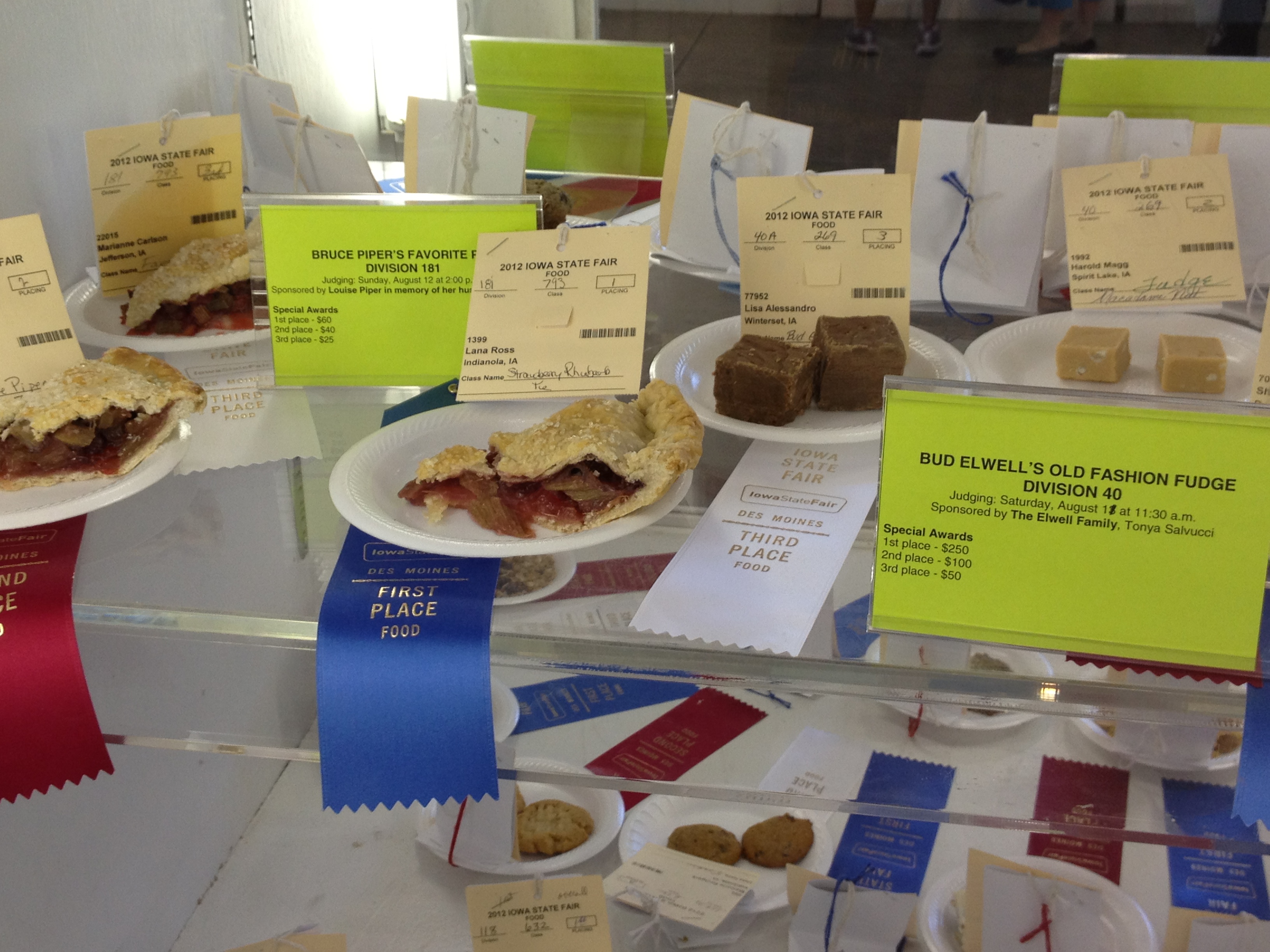 mind-blowing array of foodstuffs that had already won prizes in the previous week of the fair. Tiered cakes, humble fruit bars, cinnamon rolls and chocolate truffles shared glassed-in shelf space with sandwiches, rice dishes, pickles and sauerkraut. They were there with boastful ribbons for all to see, the triumphant representatives of their categories.
mind-blowing array of foodstuffs that had already won prizes in the previous week of the fair. Tiered cakes, humble fruit bars, cinnamon rolls and chocolate truffles shared glassed-in shelf space with sandwiches, rice dishes, pickles and sauerkraut. They were there with boastful ribbons for all to see, the triumphant representatives of their categories.
To give you a sense of the scale we’re talking about here, 893 classes of food were judged at the fair. I’m talking about 893 separate contests, each with its own numerous entries. There are contests for white bread, canned vegetables and dried meats. Contests for bread pudding, Jell-O salad and allspice-flavored ice cream; contests for brisket, goulash, deviled eggs and meatloaf. Thirty-five of the 893 categories were for sweet pies; that’s the narrow slice of the world I was there to sample.
And I hit the motherlode: the particular contest I got to judge included 25 of those 35 classes of pie. We were to award blue, red and white ribbons in each class (pumpkin, butterscotch, two-crust fruit, etc), and then one blue, one red and one white ribbon for the best overall pies in the competition.
Before I got started, one of the many veteran pie handlers, the ladies in aprons that handle all the pie intake and carting-around duties, took me aside and gave me a little judging advice. “Now remember,” she said, leaning close to me in a confidential sort of way, “you don’t have to swallow every bite. You can spit them into a napkin. Lots of people do. Try to be constructive, and not too negative, in your comments. If you don’t like something, don’t make a face; everyone is watching. And sit with your knees together, because there’s no skirting on the tables.”
 They set me up at one of the long tables where most of the other judges were already seated. They assigned me a lovely woman named Joanne to be my “writer.” Joanne sat next to me and jotted down, on little pre-printed cards, my scores for each pie in four areas: quality of crust, quality of filling, appearance, and originality. She recorded my impressions, too (wonderful intense fruit flavor in the filling, but perhaps try a bit more thickener next time to minimize runniness). These cards went back to the bakers as feedback, and also helped me share thoughts about each pie when I announced the winners. Joanne was also a source of wisdom, guidance and support when I had questions.
They set me up at one of the long tables where most of the other judges were already seated. They assigned me a lovely woman named Joanne to be my “writer.” Joanne sat next to me and jotted down, on little pre-printed cards, my scores for each pie in four areas: quality of crust, quality of filling, appearance, and originality. She recorded my impressions, too (wonderful intense fruit flavor in the filling, but perhaps try a bit more thickener next time to minimize runniness). These cards went back to the bakers as feedback, and also helped me share thoughts about each pie when I announced the winners. Joanne was also a source of wisdom, guidance and support when I had questions.
The pie runners brought me all the entries in an entire class, sweeping each group away when I was done, and bringing back the three top scorers so I could announce the winners. They repeated that process until my fellow judges and I had completed judging all 25 classes of pie. It took two and a half hours. Each time one of us finished judging a class, we took the microphone and announced our ribbon winners, saying a little something about each one.
The first class deposited in front of me was butterscotch cream; I didn’t make note of how many there were, but if you’ve ever tasted this kind of pie, you know that even taking one bite of each of six or eight pies–which is about all I took of each pie I judged–felt like 100. Butterscotch pies are typically cloyingly sweet, and a bit artificial-tasting. The winner of this class, however, had a miraculous filling that was deep and velvety, redolent of caramel. Impressive work!
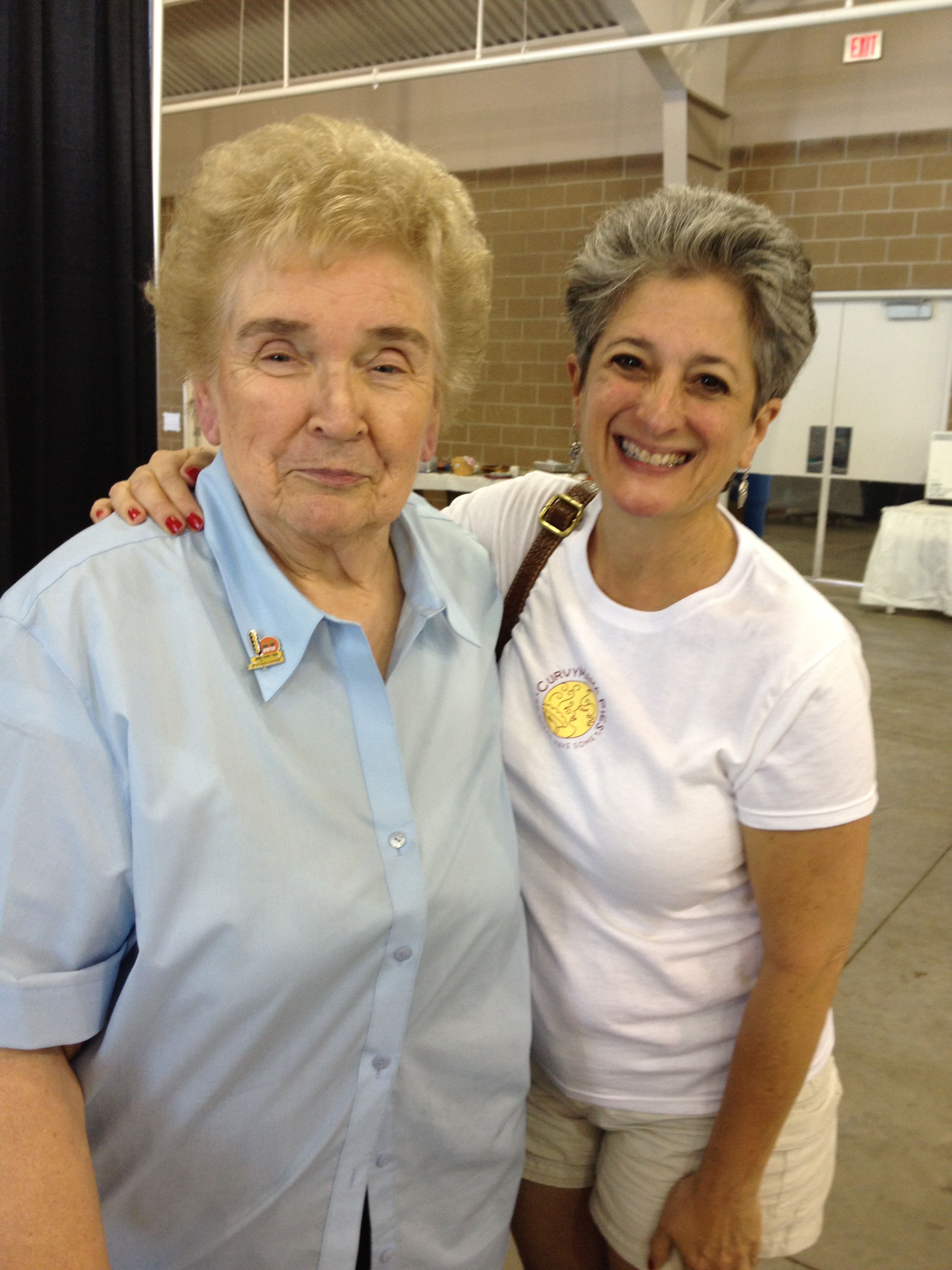
I got a hug from Louise Piper, veteran pie baker and winner of two “best overall” ribbons in the pie contest I judged.
Next came the strawberry-rhubarb. What a relief! If I had to face another cream pie, I might have keeled over. As I did with the butterscotch, I cut a slender slice of pie and eased it onto a paper plate. I broke off a small piece of crust with my fingers and tasted it first, separate from the filling. Then I took a small forkful of the tip of the slice, with fruit and crust together. That was generally all I needed to size up the pie. Once in a while, when flavors were confusing or a crust’s texture didn’t add up for me, I took second bites. But I knew I couldn’t afford much of that, and mostly kept my samples to one each of crust and filling.
The one-crust fruit category came next. A remarkably intense fresh-strawberry pie enchanted me, and a pear-and-dried-cranberry impressed me with its restrained elegance. When I got to the two-crust fruit, I was surprised to find myself bowled over by an apple pie; this is the one kind of pie I typically turn down. But this one was amazing; intensely flavored and not overwhelmed by cinnamon. A nice tart cherry-cranberry pie was among my top picks, as well.
I must have tasted 30 pies at this point; there were 15 in the two-crust fruit category alone. But one more task remained: gathering behind the curtain with the other judges to decide the three best overall pies of the competition. This is where things got strange.
One of the veteran pie ladies had explained to me that the way we pick the overall best pies in the competition, when we hadn’t tasted them all, was to choose from among the blue-ribbon winners in each class, discussing and tasting those pies until we came to a decision. But this wasn’t at all the process I witnessed when I joined the other judges.
I got there after they had begun, having gone at first to the wrong room. When I found my way to the right place, no more than two minutes into the discussion, most of the 25 blue ribbon pies were nowhere in sight, and talks were already centering on five pies. Were we considering the other 20, I asked? There were some mumbles I couldn’t quite make out. How did we narrow the field of 25 down to these five, I asked, by choosing the top five scorers, perhaps? I didn’t get a clear answer there either. All I know was that these judges–most of whom were older women who had been judging this contest for years–seemed to be intent on five pies and only five, and, frankly, had pretty much narrowed that field down to three: an apricot pie, a mixed berry, and a lemon meringue with a lovely braided crust.
A pumpkin pie scented with orange was hanging on for attention, as was my beloved pear-dried-cranberry pie. I didn’t know why either of these two had gotten more attention than the ignored 20, but I didn’t argue. I was glad the pear-cranberry pie was in the mix; in my opinion, it certainly deserved to be. I never got to taste the pumpkin-orange, because by the time I thought of it, the judges had already waved off my questions and were ranking their three top picks. The pear pie deserved to be a place in the top three, I said. I argued for the obvious crust-making talent of its baker, the understated elegance of the filling’s flavor balance. They responded by remarking that its appearance wasn’t as professional as those of the lemon, berry and apricot.
I offered that taste and texture were greater virtues than appearance. That remark was met with silence. I ventured that the berry pie had too stiff a filling, tasted somehow artificial, and had a flat, hard crust that was unappealing. That thought, too, was waved off as something of an inconvenience. My final contribution to the conversation, since I could see that the fix was already in, was to opine that of their three chosen finalists, the apricot was clearly the superior pie. They took this deeply to heart, awarding the blue ribbon to the braided-crust lemon. The red went to the apricot, and the white to the stiff-filling berry pie. Donning friendly smiles, we all turned and went back to the audience of bakers, eagerly awaiting the results in their folding chairs.
Watching the winners gasp with happiness as their pies were crowned, I was silently amazed by the judging process. What did it all mean? Obviously, each judge has her own priorities for the pies she sizes up, and her own subjective preferences as well. But it sure seemed to me like a lot of very fine pies never got their proper chance at the best-overall ribbons. I felt sad for them, and for their bakers.
What a day, packed with a sensory overload of sights, smells, tastes and observations.
My Des Moines hostess, Kathleen Beebout, herself a food blogger and multi-year-prize-winning pie baker, met me after the competition was over and escorted me to the “pie party” held under a tree outside by one of the bakers who shares the leftovers of all her pies with whoever wants to wander by and get a slice. As full as I was, I had to sample an Iowa specialty: sour cream raisin pie, a thick sweet custard wrapped around raisins.
Kathleen guided me around the fair. She laughed at my pie-judging stories, finding them all too familiar, based on accounts she’d heard from other judges. As the early evening took hold, she observed that I could do with a dose of protein, having spent most of the day flying high on flour and sugar. The Pork Tent was where we had to eat, 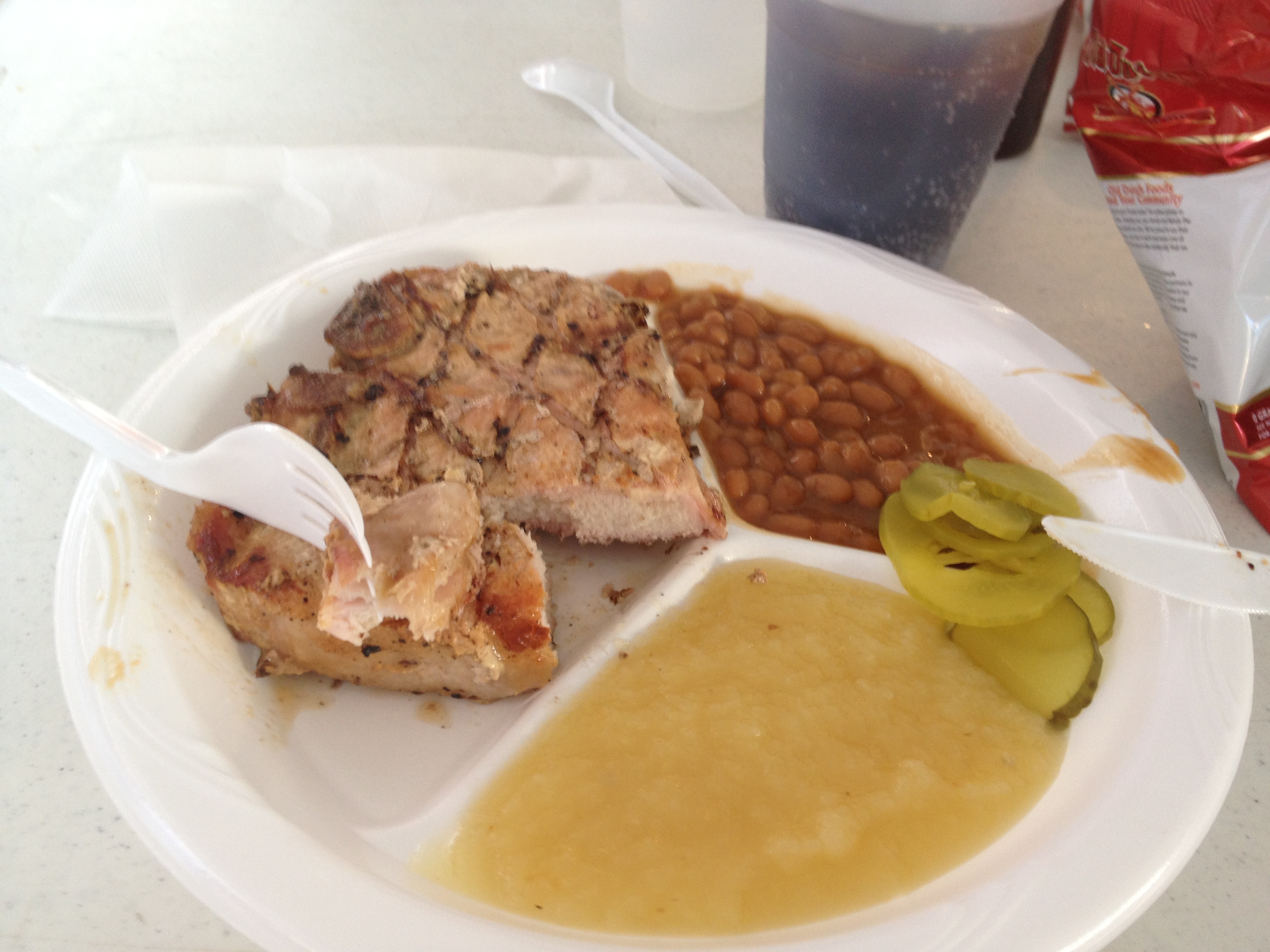 Kathleen said; it was quintessential Iowa. So we lined up at the same spot that President Obama had visited earlier in the week, and took our plates of food to the long tables under a tent with all the other pork lovers. The pork chop, baked beans and applesauce were comforting after a long day of pie and judgments.
Kathleen said; it was quintessential Iowa. So we lined up at the same spot that President Obama had visited earlier in the week, and took our plates of food to the long tables under a tent with all the other pork lovers. The pork chop, baked beans and applesauce were comforting after a long day of pie and judgments.
We left the fair behind and headed for Kathleen’s charming century-old home. Since we had just met that afternoon–we were connected by Beth Howard, the pie lady from the American Gothic House–Kathleen and I got to know each other over glasses of wine as she made a coconut cream pie for the next night’s dinner party. By the time my head hit the pillow, I slept like someone had shot me. I didn’t dream about pie at all.
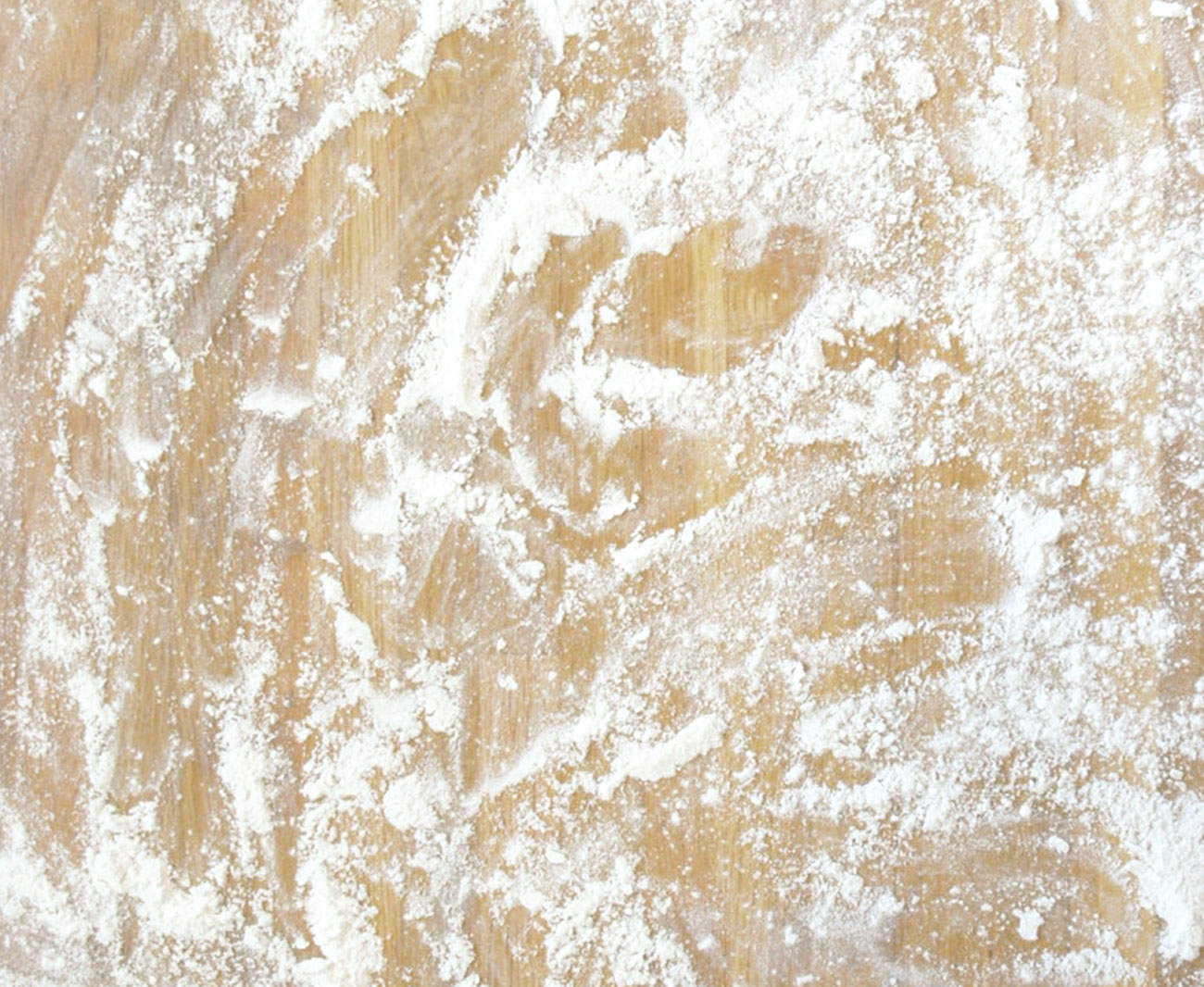



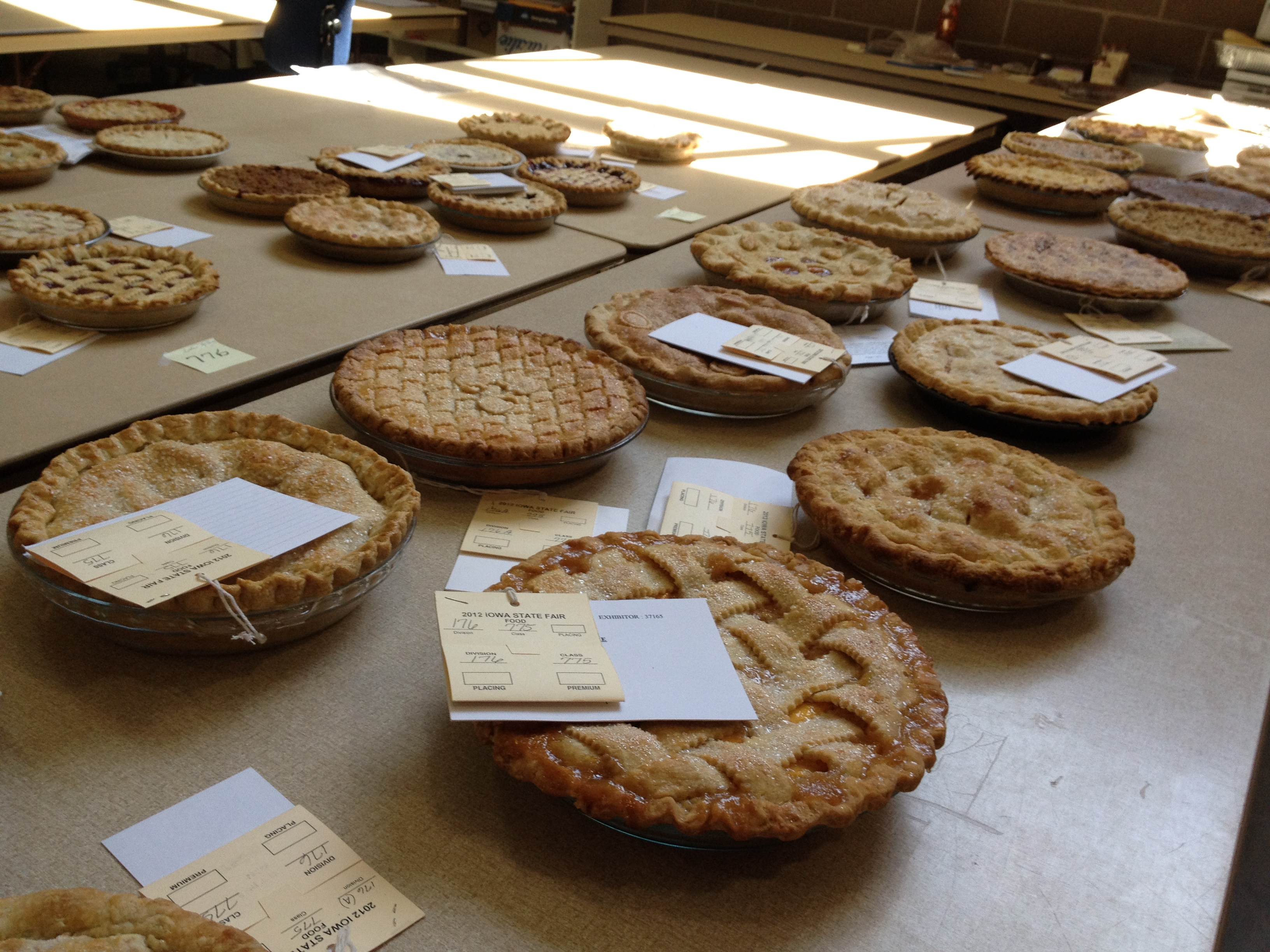


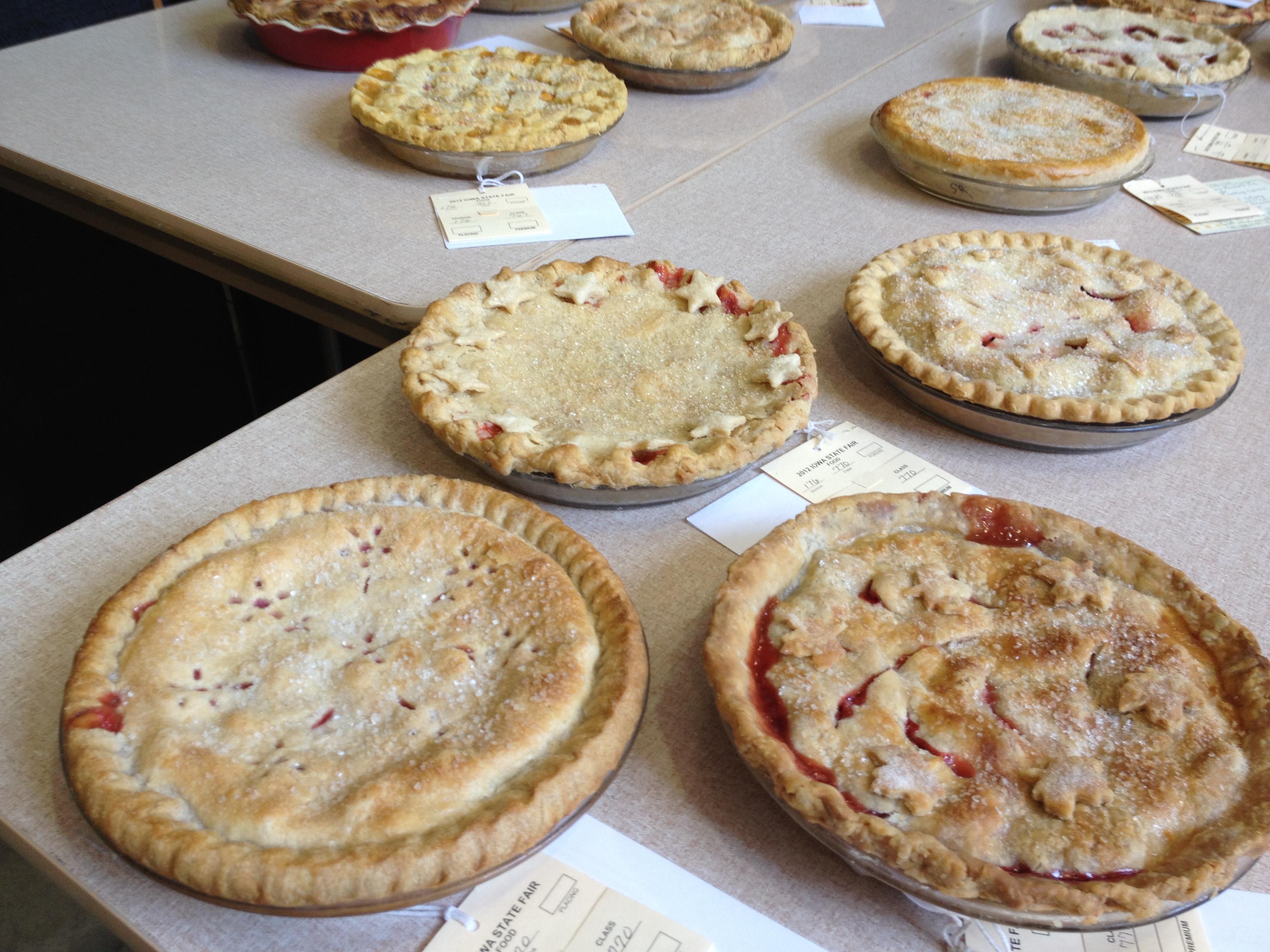
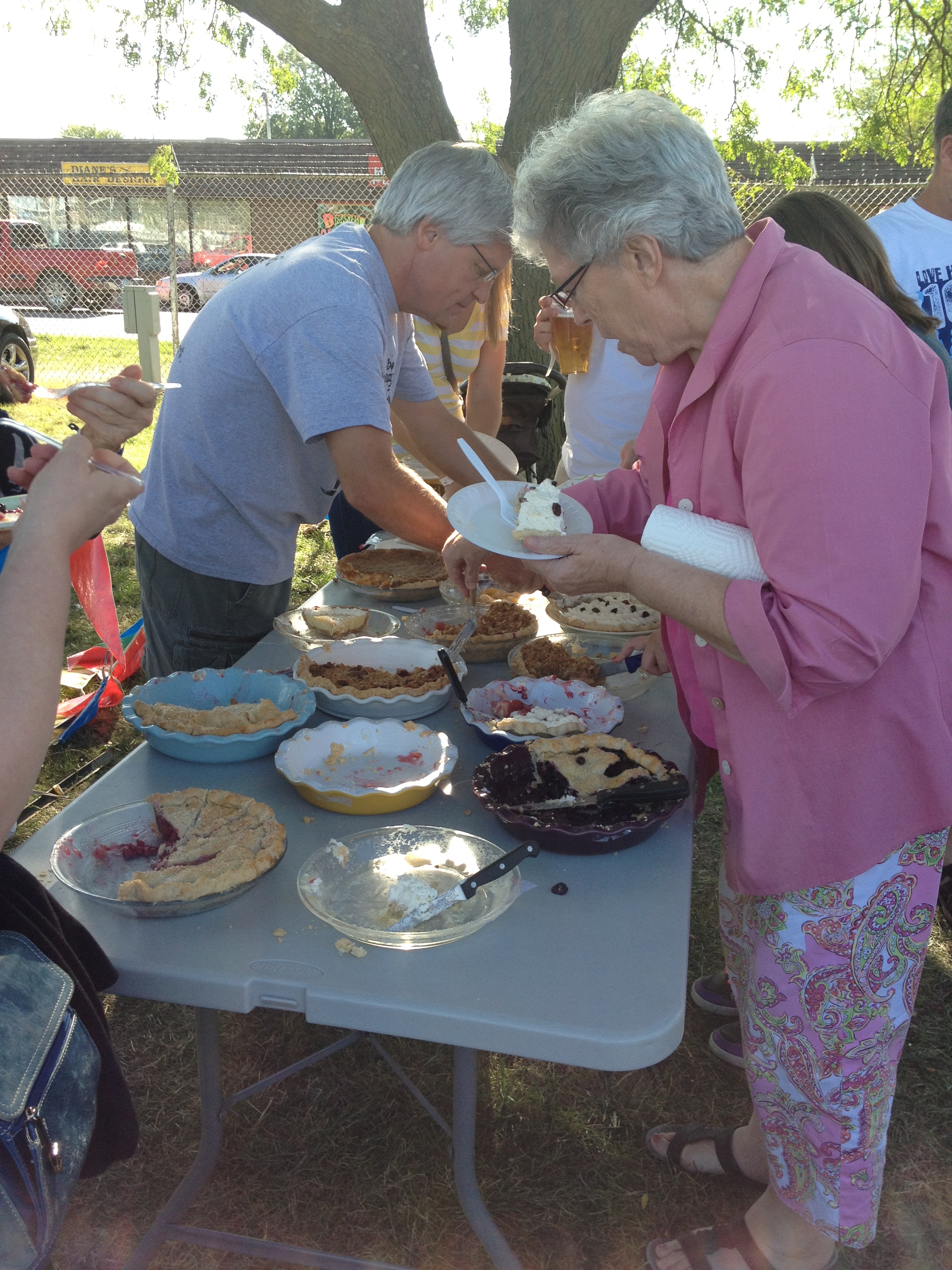

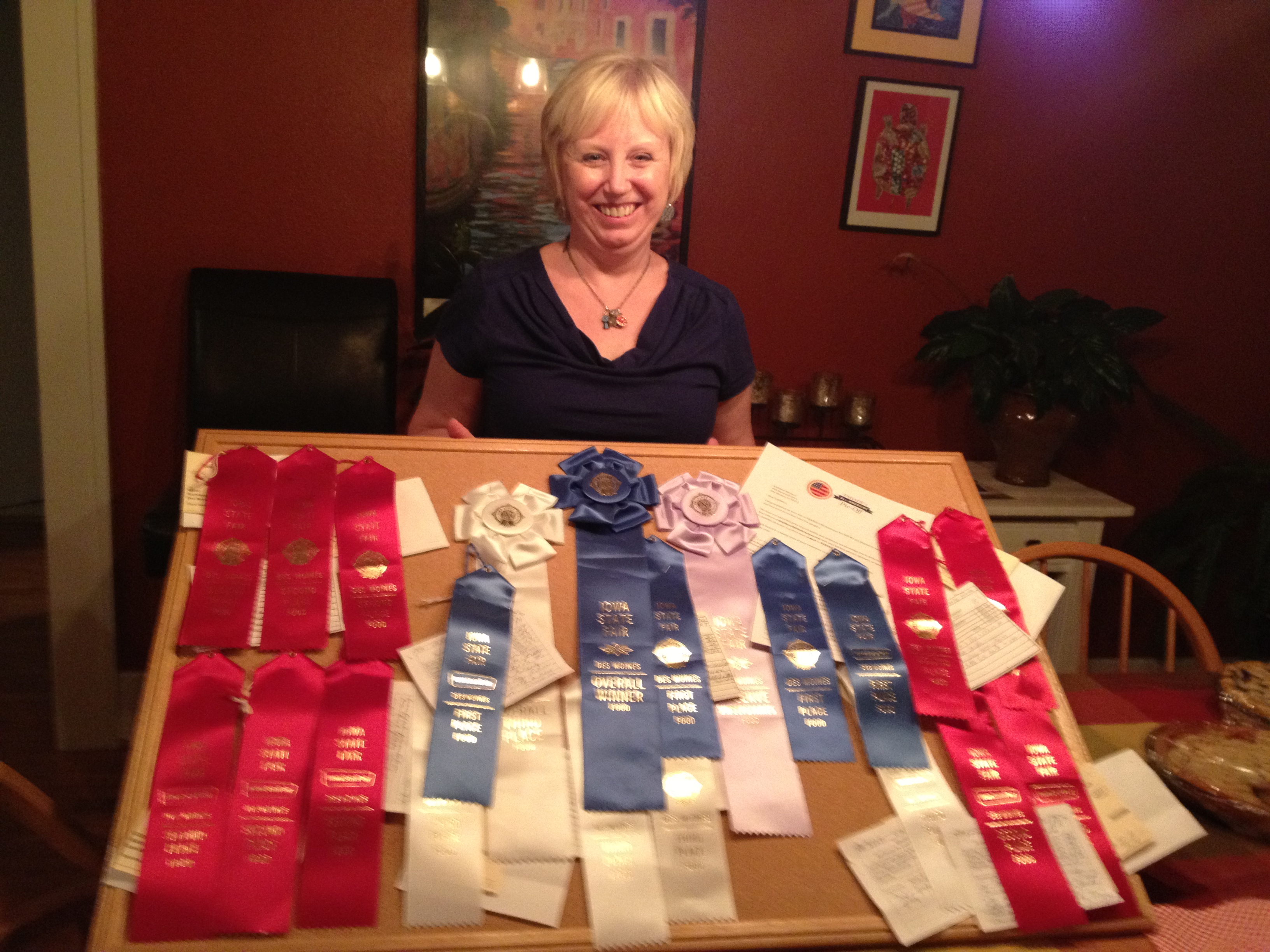
Your comments about the judging are so accurate. Wait until you read that chapter in my book. You’ll die laughing. Oh boy. I hope you’ll come back to Iowa again next summer (or sooner) and stay longer next time.
Totally awesome blog post, CurvyMama! The giant chocolate moose is too much to be believed! The smell of that must have been transcendent.
The moose, oddly, had no smell. A good thing; I think I might have fainted if it did.
I will! I miss Iowa already!